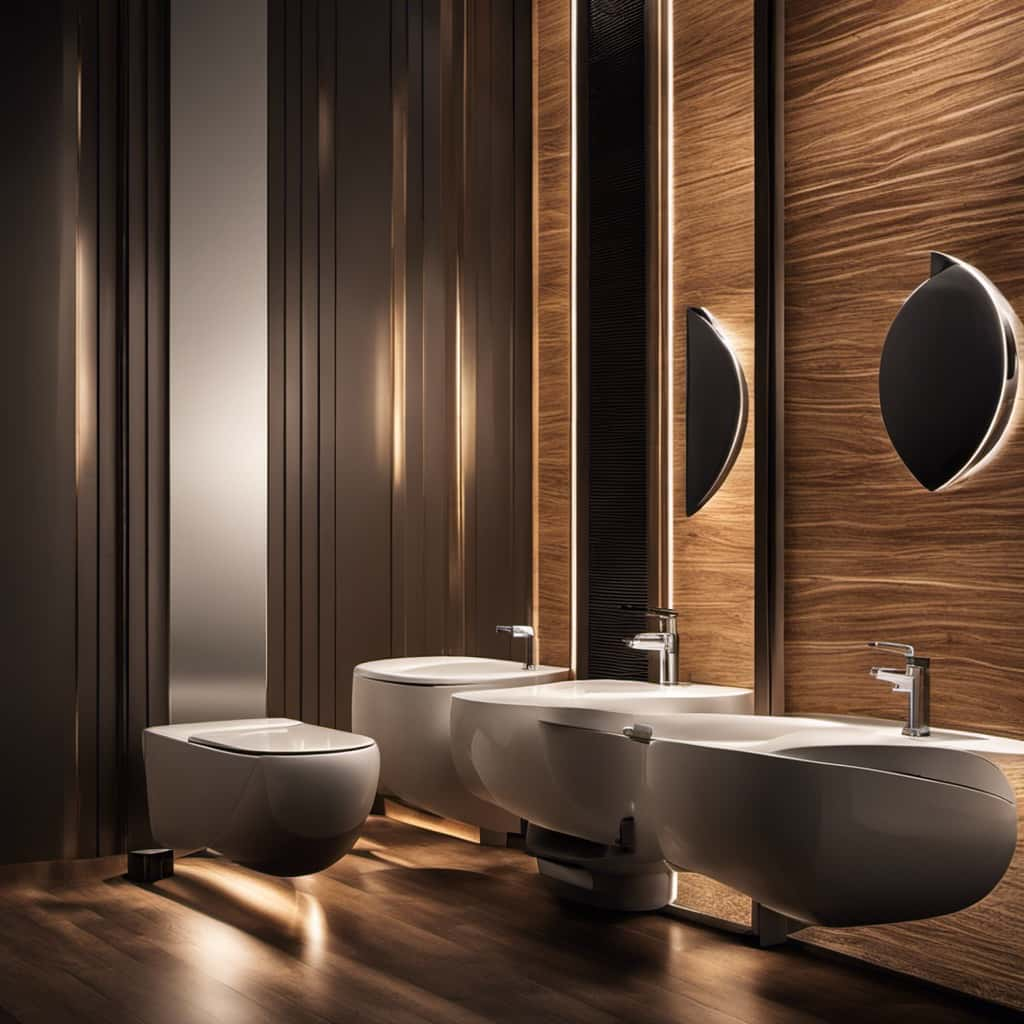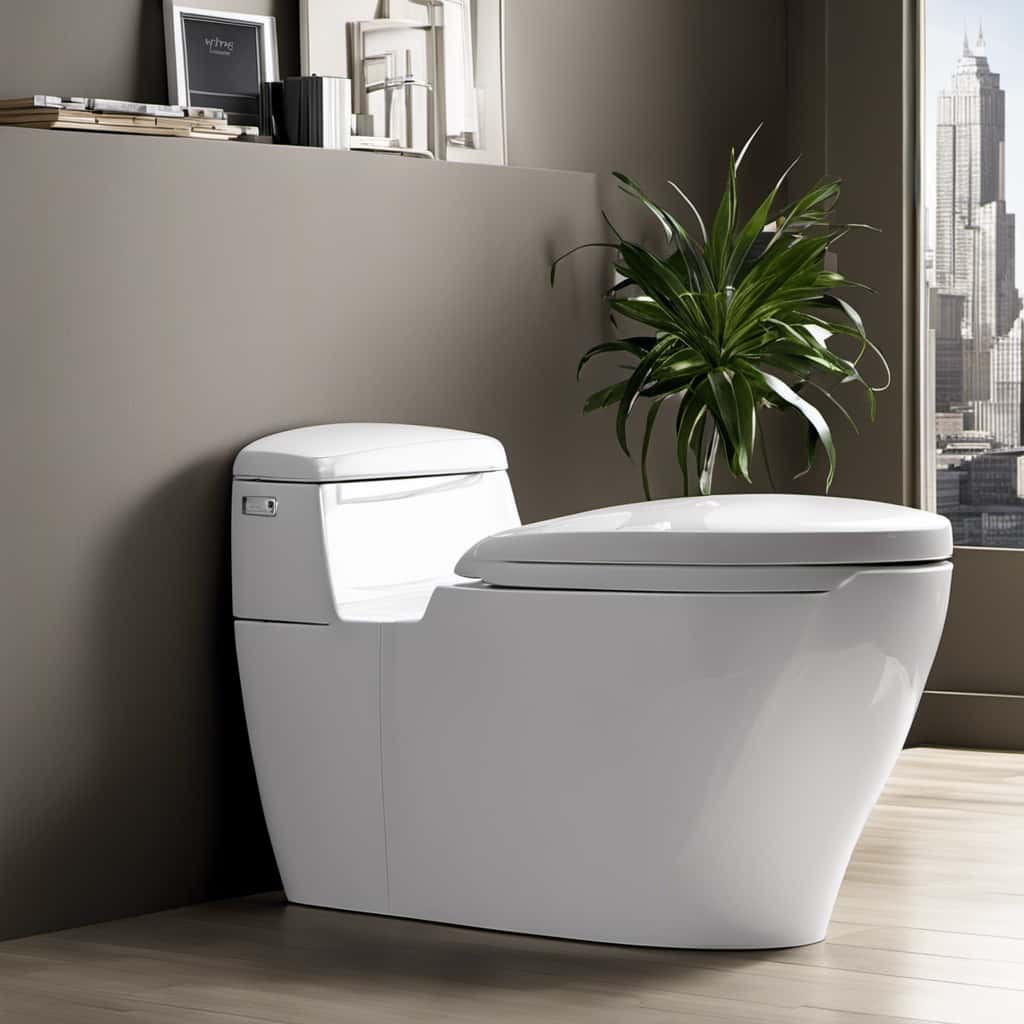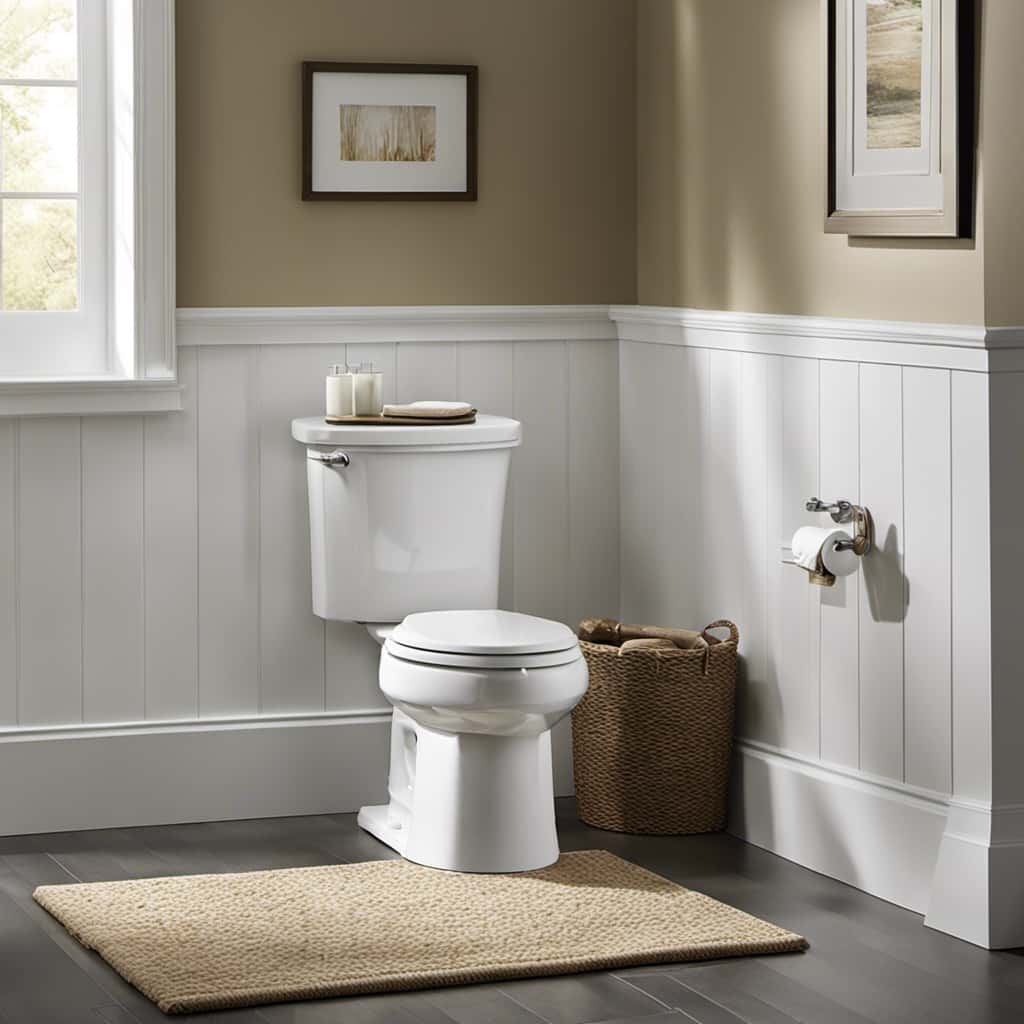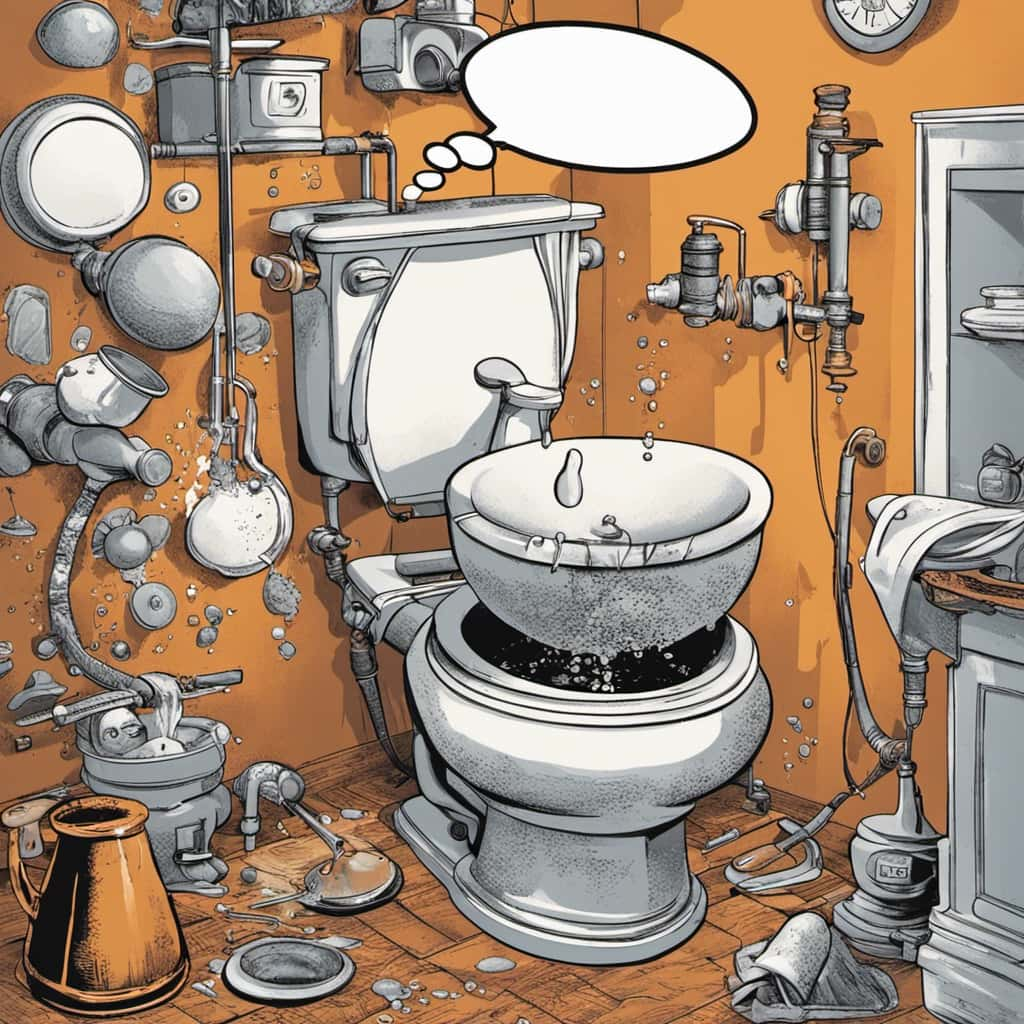We all know that conserving water is important, but do you ever wonder just how much water you could save by not flushing the toilet? Well, prepare to be amazed!
In this article, we’ll delve into the data and reveal the average water savings you can achieve by not flushing. Not only will you be saving precious water, but you’ll also be making a positive impact on the environment.
So, get ready to master the art of water-saving and reap the benefits!
Key Takeaways
- Not flushing unnecessarily can save up to 2,920 gallons (11,035 liters) of water per year.
- Dual-flush and low-flow toilets significantly reduce water consumption in toilet flushing.
- Adopting water-saving habits in the bathroom, such as taking shorter showers and fixing leaks, can contribute to significant water conservation.
- Conserving water through not flushing unnecessarily helps to protect the environment, reduce energy consumption, and preserve water sources for future generations.
Importance of Conserving Water
We believe that conserving water is of utmost importance in order to protect our natural resources and ensure a sustainable future for all.

Water conservation techniques play a vital role in mitigating the impact of water scarcity, which is a growing concern worldwide. By implementing these techniques, we can significantly reduce our water consumption and contribute to preserving this valuable resource.
Simple actions such as fixing leaks, using water-efficient appliances, and practicing responsible irrigation can make a substantial difference. According to the Environmental Protection Agency, adopting water-saving practices can save the average American household up to 50,000 gallons of water each year, resulting in lower utility bills and reduced strain on water supplies.
Water Usage in Toilet Flushing
On average, each toilet flush uses approximately 1.6 gallons of water. To better understand the water usage in toilet flushing, let’s explore the different mechanisms and devices that contribute to water conservation.
| Toilet Flush Mechanism | Water Usage |
|---|---|
| Single-Flush Toilets | 1.6 gallons |
| Dual-Flush Toilets | 0.8/1.6 gallons |
| Low-Flow Toilets | 1.28 gallons |
Single-flush toilets are the most common type, using 1.6 gallons of water per flush. However, dual-flush toilets offer a more water-efficient option. These toilets have two buttons, one for liquid waste (0.8 gallons) and one for solid waste (1.6 gallons). By choosing the appropriate button, you can reduce water usage for liquid waste.

Another option is low-flow toilets, which are designed to use 20% less water than the standard single-flush toilets. These toilets typically use 1.28 gallons of water per flush, significantly reducing water consumption.
Average Water Savings by Not Flushing
By refraining from flushing the toilet, individuals can save a substantial amount of water. On average, toilets account for about 30% of a household’s total water consumption. Flushing a standard toilet uses approximately 1.6 gallons (6 liters) of water per flush. If a person flushes 5 times a day, that amounts to 8 gallons (30 liters) of water wasted daily.
Over the course of a year, this adds up to a staggering 2,920 gallons (11,035 liters) of water. However, by implementing water-saving techniques such as not flushing after every use, significant water savings can be achieved. Even reducing flushing frequency by one-fourth can save around 730 gallons (2,764 liters) of water per year.
These simple changes can make a big difference in conserving water resources and protecting the environment.

Environmental Benefits of Not Flushing
Implementing water-saving techniques such as refraining from flushing the toilet after every use can result in significant environmental benefits, reducing the amount of water wasted and helping to conserve our precious water resources.
Here are three ways in which not flushing the toilet can have a positive impact and promote sustainable practices:
- Water conservation: By not flushing unnecessarily, we can save gallons of water each day. This reduction in water usage helps to preserve our limited freshwater resources and ensures their availability for future generations.
- Energy savings: Flushing a toilet requires energy to pump water and treat wastewater. By reducing the frequency of flushing, we can lower the energy consumption associated with water treatment, resulting in reduced greenhouse gas emissions and a smaller carbon footprint.
- Cost savings: Conserving water leads to lower water bills. By adopting the habit of not flushing every time, we can save money while simultaneously protecting the environment.
Tips for Adopting the Water-Saving Habit
To successfully adopt the water-saving habit, we can start by incorporating a few simple tips into our daily routine. By practicing good toilet hygiene and using alternative flushing methods, we can significantly reduce our water consumption. Here are some practical tips to help us save water:
| Tips for Adopting the Water-Saving Habit | |
|---|---|
| Practice dual-flush system | Use a dual-flush toilet that allows us to choose between a full flush or a half flush, depending on our needs. This can save up to 50% of water per flush. |
| Install a water-saving device | Consider installing a toilet tank bank or a displacement device in our toilet tank. These devices reduce the amount of water used per flush. |
| Fix leaks promptly | Regularly check for leaks and repair them immediately. Even small leaks can waste a significant amount of water over time. |
| Adopt the "If it’s yellow, let it mellow" approach | Only flush the toilet when necessary. If it’s just urine, consider leaving it until the next flush. |
| Educate others | Spread awareness about water-saving habits and encourage others to adopt them as well. Together, we can make a difference in conserving water resources. |
Frequently Asked Questions
What Are Some Alternative Methods for Conserving Water in the Bathroom, Other Than Not Flushing the Toilet?
We can conserve water in the bathroom through alternative methods like using water-saving showerheads and installing dual flush toilets. These options help reduce water consumption without compromising hygiene.

Can Not Flushing the Toilet Lead to Any Negative Consequences, Such as Odor or Hygiene Issues?
Not flushing the toilet can lead to negative consequences such as odor and hygiene issues. However, with proper odor control methods and the use of waterless toilets, these issues can be effectively managed.
Are There Any Specific Types of Toilets or Flush Systems That Are More Water-Efficient Than Others?
Toilet flush efficiency can vary depending on the type of toilet and flush system used. Water-saving toilet technology is available and can significantly reduce water consumption.
How Can I Determine the Amount of Water I Save by Not Flushing the Toilet?
To determine the amount of water we save by not flushing the toilet, we can calculate our water usage comparison. This data-driven approach helps us understand the impact of our actions on water conservation.
Are There Any Regulations or Policies in Place to Encourage Water Conservation in Relation to Toilet Flushing?
There are various regulations and policies in place to encourage water conservation regarding toilet flushing. These measures aim to promote efficient use of water and minimize wastage, ensuring a sustainable future for our planet.

Conclusion
By not flushing the toilet, we can save a significant amount of water and contribute to a more sustainable future. On average, each flush uses around 1.6 gallons of water, which can quickly add up. Adopting the habit of not flushing when unnecessary can lead to substantial water savings over time.
By conserving water, we aren’t only reducing our utility bills but also actively participating in the preservation of our environment. Let’s make a conscious effort to save water and make a positive impact.










